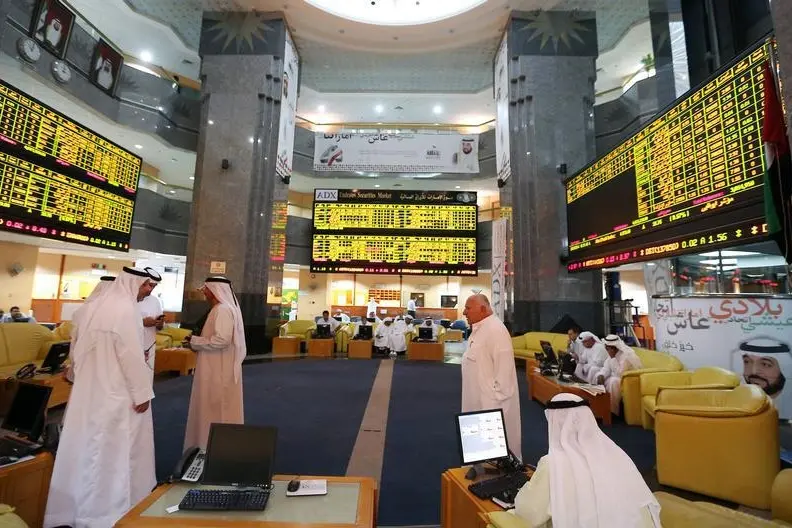PHOTO
The dollar headed for its best weekly performance in a month on Friday, as investors priced in the possibility of the Federal Reserve cutting rates more slowly next year, while sterling fell after a surprise contraction in UK economic activity.
The U.S. currency held firm against the euro and Swiss franc following rate cuts by those central banks a day earlier, and rose against the yen after reports that the Bank of Japan could forgo a rate hike at its meeting next week.
The dollar index, which measures the currency against six others, was flat at 106.94, but still set for a weekly gain of nearly 1%, its biggest in a month.
U.S. data on Thursday showed the job market is gradually cooling in line with expectations, while producer price inflation helped reinforce the market's current scenario of a Fed cut on Dec. 18, but a slower pace of reductions in 2025.
Markets fully expect a cut at the upcoming meeting, but only price a roughly 24% chance of another one in January, with March the most likely point for another move, according to CME's FedWatch tool.
"What is clear from recent Fed speakers and the data flow is that progress toward the inflation target has slowed down and the economy has continued to perform, therefore policymakers can afford to take a more cautious approach to easing over 2025," said Rodrigo Catril, senior FX strategist at National Australia Bank.
San Francisco Fed President Mary Daly, for example, said this month that she was comfortable cutting rates in December, but advocated "a more thoughtful and cautious approach" on further reductions.
The dollar rose 0.5% to 153.465 yen its highest since late November. The yen has been the worst performer this week against the dollar, which has gained 2% on the Japanese currency.
Traders see just a 23% chance of a quarter-point hike by the BOJ on Dec. 19, following reports by Reuters and Bloomberg that pointed to officials forgoing tightening this time in order to wait for more evidence of wage growth and see how U.S. policy takes shape under incoming president Donald Trump.
"While the outcome is uncertain, one thing is clear: a hike exceeding 15 bps would likely trigger a downside move in dollar/yen as the yen strengthens," City Index market analyst David Scutt said.
"On the other hand, if the BoJ keeps rates unchanged, there’s a solid chance of a kneejerk upside reaction."
Either way, the outlook is volatile for this currency pair and likely will be driven by the dollar, he added.
EUROPE UNDER PRESSURE
In Europe, the pound fell after data showed the UK economy shrank unexpectedly in October, adding to signs of a bigger-than-expected slowdown. The Office for National Statistics said the economy contracted 0.1% in October, compared with forecasts in a Reuters poll for growth of 0.1%.
Sterling was last down 0.2% at $1.2647, around its weakest since the start of the month. Against the euro the pound was down 0.48% at 82.985 pence, but still not far off its strongest since June 2016, when the UK voted to leave the European Union.
The euro pared earlier losses against the dollar and rose 0.26% to $1.0493. The European Central Bank on Thursday cut rates by 25 basis points and kept the door open to further easing.
The Swiss franc remained under pressure after the central bank's shock half-point rate reduction the day before. The dollar was last up 0.1% at 0.8935 francs, while the euro rose 0.4% to 0.9375 francs.
Rate cuts and the threat of the U.S. imposing tariffs have Canada's dollar pinned to a 4-1/2 year low.
The Chinese yuan held at 7.2826 per dollar in the offshore market. Reuters reported this week China is considering allowing its currency to fall further to counter the impact from any U.S. trade war.
Bitcoin nudged above $100,000, heading back towards Dec. 5's all-time high of $103,649.
(Additional reporting by Kevin Buckland in Tokyo; Editing by Stephen Coates, Jamie Freed, Kevin Liffey, William Maclean)























